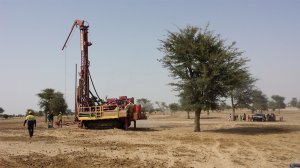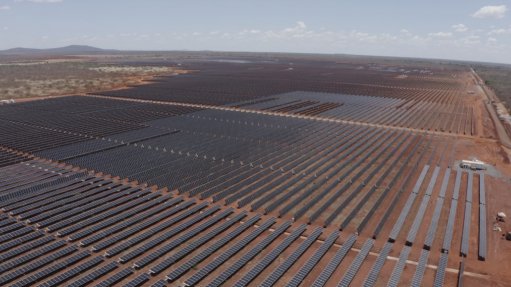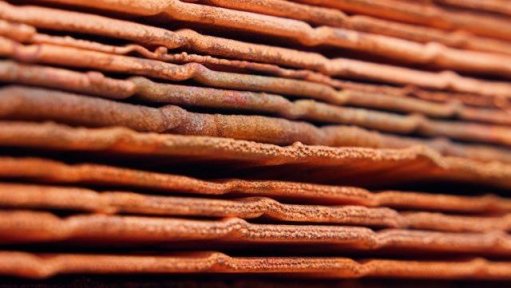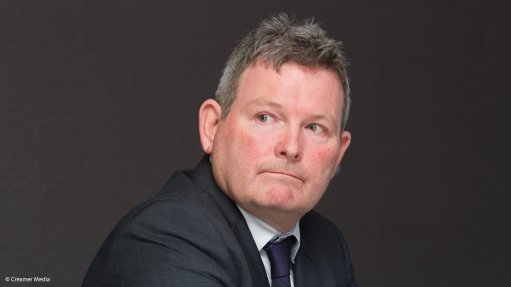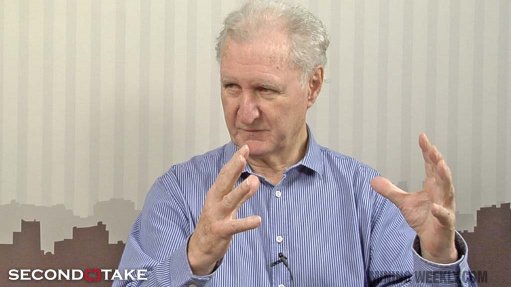Minemakers hopes for early start at Baobab
PERTH (miningweekly.com) – Phosphate hopeful Minemakers is hoping to start bulk sampling activities at is newly acquired Baobab project, in Senegal, before the end of the year, if shareholders approve the transaction.
In April this year, Minemakers announced that it would acquire the Baobab project from shareholder Agrifos in exchange for 100-million Minemakers shares, 80-million unlisted options, at an exercise price of 25c each, and a further 80-million contingent shares, which could be vested on the reaching of two separate milestones.
Minemakers MD Cliff Lawrenson told Mining Weekly Online that Minemakers had been involved in the Baobab project since early 2014, undertaking geological work on behalf of Agrifos.
Keeping in mind that the company was hoping to discover a deposit that would support a production rate of some 500 000 t/y of rock phosphate, at low margins, Minemakers in November of last year made a significant enough discovery to warrant a closer look.
“We still have some A$15-million in the bank to get the project going. Depending on how we go about the project development, if we are more aggressive, we might need to raise some cash, but if we go about it in a slower fashion, then we would be sufficiently funded,” Lawrenson said.
“But the idea is to get into production as soon as we can, and to protect margins.”
In May this year, Minemakers announced a maiden inferred mineral resource of 68-million tonnes, grading 22% phosphorus pentoxide (P2O5) at the Gadde Bissik prospect, which forms part of the greater Baobab project.
Some 25-million tonnes of inferred resource grading 23% P2O5 was reported within the small mine permit application area of Gadde Bassik East.
The Senegalese government granted Minemakers a small mine permit over the Gadde Bassik East project in May this year, allowing for unlimited mining and processing within a 5 km2 area.
Lawrenson said that initial plans for the project would consist of a series of smaller pits, rather than a large openpit operation, with phosphate production slated to start within 12 months.
Minemakers had identified simple wet separation screening as the best processing method at Baobab, given the nature of the ore at the project. Lawrenson said that this would mean a much lower capital expenditure since there would be no need for a flotation plant, while operating costs would also be lower.
Following shareholder approval of the transaction, Minemakers would work to complete feasibility studies on the project, ahead of the start of bulk sampling.
“The nature of the feasibility studies would depend on how quickly we plan to mine. We are busy drilling the resource to an indicated stage, which would give us higher confidence levels and would assist us in deciding if the project would require a full definitive feasibility study, a preliminary economic assessment or a prefeasibility study.
“Our geologists have been on site for nearly 18 months and we have a tremendous amount of knowledge on the project area, so we don’t plan to spend a lot of money on third party reports.”
Lawrenson pointed out that the Senegalese government had also made it clear that a larger mine project would be welcomed at Baobab, which would require Minemakers to graduate to a full mining permit.
The full mining permit would require Minemakers to give a 10% equity holding in the project to the government of Senegal, while a government nominee would purchase a further 15% stake in the project. The full mining permit, however, came with a number of tax concessions, which Lawrenson said would cancel out any losses incurred in handing over a 10% stake in the project to the local government.
“We have started preliminary discussions with potential third party participants,” Lawrenson added.
“This project will be like an engine room to generate cash, and involving Agrifos as a major shareholder will open a rich world to us. The whole object here is to keep it simple so we can realiably generate cash from the project, and we can remain wide open to other opportunities that arise in the nutrient space.”
Comments
Press Office
Announcements
What's On
Subscribe to improve your user experience...
Option 1 (equivalent of R125 a month):
Receive a weekly copy of Creamer Media's Engineering News & Mining Weekly magazine
(print copy for those in South Africa and e-magazine for those outside of South Africa)
Receive daily email newsletters
Access to full search results
Access archive of magazine back copies
Access to Projects in Progress
Access to ONE Research Report of your choice in PDF format
Option 2 (equivalent of R375 a month):
All benefits from Option 1
PLUS
Access to Creamer Media's Research Channel Africa for ALL Research Reports, in PDF format, on various industrial and mining sectors
including Electricity; Water; Energy Transition; Hydrogen; Roads, Rail and Ports; Coal; Gold; Platinum; Battery Metals; etc.
Already a subscriber?
Forgotten your password?
Receive weekly copy of Creamer Media's Engineering News & Mining Weekly magazine (print copy for those in South Africa and e-magazine for those outside of South Africa)
➕
Recieve daily email newsletters
➕
Access to full search results
➕
Access archive of magazine back copies
➕
Access to Projects in Progress
➕
Access to ONE Research Report of your choice in PDF format
RESEARCH CHANNEL AFRICA
R4500 (equivalent of R375 a month)
SUBSCRIBEAll benefits from Option 1
➕
Access to Creamer Media's Research Channel Africa for ALL Research Reports on various industrial and mining sectors, in PDF format, including on:
Electricity
➕
Water
➕
Energy Transition
➕
Hydrogen
➕
Roads, Rail and Ports
➕
Coal
➕
Gold
➕
Platinum
➕
Battery Metals
➕
etc.
Receive all benefits from Option 1 or Option 2 delivered to numerous people at your company
➕
Multiple User names and Passwords for simultaneous log-ins
➕
Intranet integration access to all in your organisation




